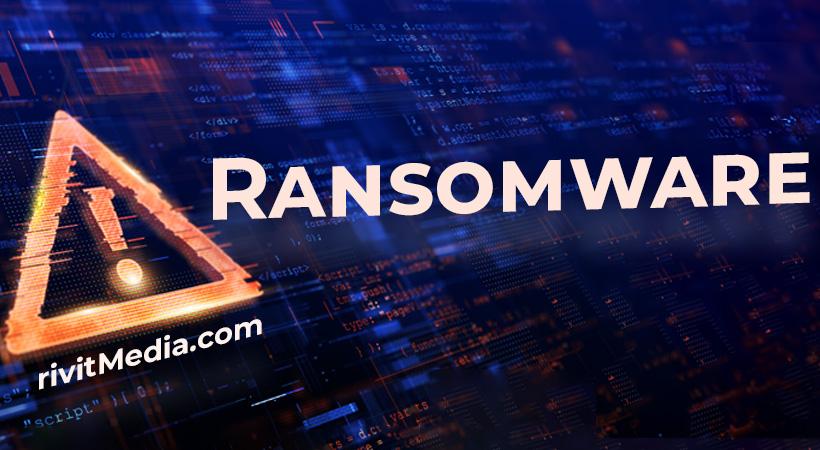In the ever-evolving landscape of cyber threats, the recent discovery of the macOS ransomware named Turtle has sent shockwaves through the cybersecurity community. Unveiled by expert Patrick Wardle, Turtle stands out due to its unique cross-platform adaptability, with versions crafted for both Windows and Linux systems. This versatility hints at a broader threat landscape, challenging the conventional belief that macOS is inherently secure. This article delves into the intricacies of Turtle, its potential consequences, and the need for heightened vigilance across diverse operating systems.
Actions and Consequences
Turtle’s emergence marks a departure from the typical macOS-targeting malware, signaling a shift towards a more sophisticated and versatile breed of threats. Detected on VirusTotal, Turtle has already garnered attention from several security vendors, an unusual scenario for macOS malware. Its cross-platform nature, with versions tailored for Windows and Linux, underscores a significant evolution in ransomware tactics.
The ransomware’s functionalities center around encrypting files on compromised systems, a tactic commonly associated with ransomware attacks. However, the current threat level posed by Turtle to macOS users is relatively limited. The absence of Apple’s notarization and the presence of an ad-hoc signature render the malicious file susceptible to Gatekeeper blocking. This means the ransomware would either need to exploit system vulnerabilities or gain explicit permission from victims to execute.
Moreover, the recoverability of the encryption key adds a layer of reassurance for potential victims, facilitating the decryption process. While Wardle’s analysis did not attribute Turtle to a specific threat actor, the discovery of intriguing Chinese strings within the ransomware’s code adds a layer of mystery and prompts further investigation into its origin and potential motivations.
Similar Threats
The emergence of Turtle on macOS platforms aligns with a broader trend of ransomware evolving beyond traditional boundaries. Notable examples include KeRanger and EvilQuest, both of which targeted macOS users. These threats underline the growing sophistication of ransomware tactics and the need for robust security measures across operating systems.
Removal Guide
Given Turtle’s current limited threat level, no specific removal tool is outlined. However, if your system is affected, here are general steps to consider:
- Isolate and Disconnect:
- Isolate the affected system from the network to prevent further spread. Disconnect external storage devices to mitigate encryption on connected backups.
- Perform System Scan:
- Use reputable antivirus or antimalware software to perform a thorough system scan. Remove any detected threats associated with Turtle.
- Restore from Backup:
- If available, restore affected files from a clean and uninfected backup.
- Update Security Software:
- Ensure your antivirus and security software is up-to-date to guard against emerging threats.
Prevention Practices
- Regular Backups:
- Maintain routine backups of essential data to facilitate recovery in case of a ransomware attack.
- Stay Informed:
- Keep abreast of the latest cybersecurity threats and trends to enhance awareness.
- Update Operating Systems:
- Regularly update macOS, Windows, and Linux systems to patch vulnerabilities and improve security.
- Use Security Software:
- Employ reputable antivirus and antimalware software to detect and prevent ransomware attacks.
- Exercise Caution:
- Be cautious when downloading files or clicking on links, especially from unknown or suspicious sources.
Conclusion
While Turtle’s current impact on macOS users is limited, its discovery highlights the evolving nature of ransomware threats. As the cybersecurity landscape continues to shift, discussions around detection, prevention, and user education become crucial in fortifying defenses and preserving data integrity and privacy across diverse operating systems. Vigilance is paramount, and proactive measures are essential to stay one step ahead of emerging cyber threats.





